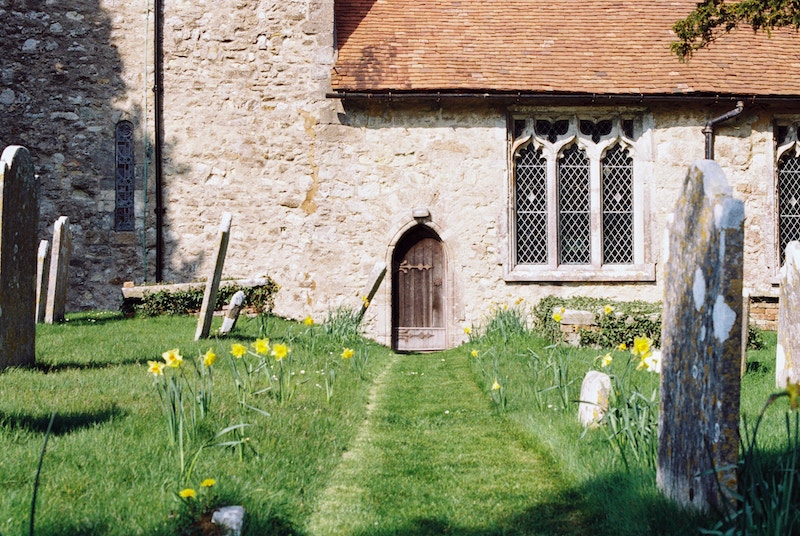The perfect lawn can be the envy of any neighborhood, so it's unfortunate when your yard starts sprouting unsightly brown or yellow patches. Read on to find out how to remedy yellow grass and bald spots in your front yard.
Dealing With Yellow Grass
Q: We had large, soft maple trees taken out this summer; the large trunks were ground down. We took out the chips before having new dirt hauled in to fill up the holes. We sowed grass seed over the whole lawn during the second week in September. It was basically all perennial rye with some blue grass. We kept it watered, and we got a fairly good stand started. But in the past week, the grass in the area where the large trunks were taken out has started to turn yellow and not look healthy, like the other areas. What is causing this, and what do you suggest we do?
A: There are several reasons the grass may be turning yellow. The most common would be that it needs more nitrogen. If there's enough sawdust and organic debris mixed into the new soil for bacteria to use as food, then the bacteria population can grow very fast, and it has better access to the nitrogen in the soil than the grass.
It could be that the soil dried out a little due to high winds or lots of sunshine, and the grass is under some stress. If just the grass in the new soil is turning yellow, that may be the problem.
Did you use a fertilizer that has a weedkiller or a crabgrass preventer? Either ingredient could harm new grass. New grass is more susceptible to fungus diseases, too.
No matter what the cause, it is getting to be too late to try again this fall. But I probably would try again so that if the rest of fall allows the grass to survive, you will be further ahead in the process next spring. If it doesn't grow any better this fall, I would try again in the spring. Use a different brand of seed. Use a fertilizer designed for new grass, and follow the directions to apply it. Too much fertilizer is worse than not enough.
Q: I would love for you to solve this mystery: Lately, I'm finding small clumps of grass pulled out of my lawn and laying there. At first, I thought it was a mole or gopher, but I don't see any tunnels beneath the removed clumps. I read that moles prefer areas that have a grub problem, and I did fight grubs last month, but some of the clumps were taken from healthy lawn.
A: First, I guess we need to rule out that someone in the family is secretly practicing their golf swing in the yard, or practicing some football moves while wearing spiked shoes.
If you had grubs and might still have them, then it is possible that skunks, opossums or raccoons are searching for them. But they all tend to be a bit less tidy, and they usually dig large patches of grass rather than small ones.
Occasionally, deer, dogs and other large animals paw at the ground and loosen tufts of grass, but that kind of damage is usually more extensive in one spot, rather than scattered around the lawn.
The most likely culprits at this time of year are squirrels. They bury nuts in lawns and flowerbeds by digging small holes. They don't dig very deep, and they don't dig very wide. They also don't leave a nut in every hole they dig, so you might not find anything if you check them. Sometimes other squirrels remove the nut and rebury it in a new place. Squirrels are squirrely, and they also seem to just dig for the fun of digging sometimes. There is nothing you can do about it except eat squirrel stew occasionally.
Email questions to Jeff Rugg at [email protected]. To find out more about Jeff Rugg and read features by other Creators Syndicate writers and cartoonists, visit the Creators Syndicate website at www.creators.com.
COPYRIGHT 2017 JEFF RUGG
DISTRIBUTED BY CREATORS.COM



